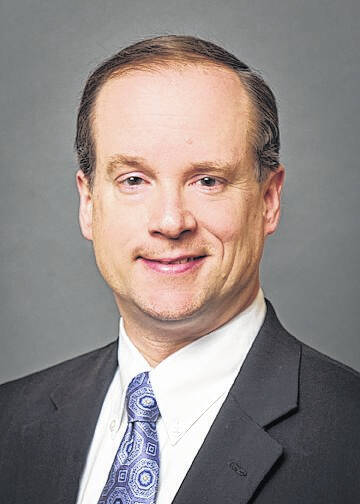Test scores are up for North Carolina’s public-school students — a welcome development, although the news isn’t all good.
On average, 55% of students in grades three or higher tested proficient on last year’s state exams. For the 2023-24 school year, that figure was 54.2%. In 2018-19, the last full academic year before COVID, it was 58.8%. We’re headed in the right direction, in other words, but not rapidly.
Most worrisome to me is that just 46.6% of third graders were proficient in reading, down two percentage points from 2023-24. North Carolina’s science of reading strategy is only now beginning to shape classroom instruction, but I’d hoped to see gains among our youngest readers.
Across all grades and subjects, the familiar gaps remain. On average, poor students (41.7% proficient) scored lower than the rest (68%). Asian (81.7%) and white (67.8%) students scored higher than Hispanic (43.2%), American Indian (42.8%), and black (39.2%) students. Girls (55.8%) slightly outperformed boys (54.3%).
When it comes to North Carolina’s post-pandemic recovery, I’m an all-hands-on-deck guy, not a proponent of just one or two strategies at the expense of others. Science-based reforms of how we teach reading and math? Higher starting salaries for teachers, plus significant pay boosts for proven effectiveness and advanced teaching roles? Better preparation and performance incentives for principals? Firmer classroom discipline and a crackdown on chronic absenteeism? More choice and competition?
Check, check, check, check, and check.
I know I can sound like a broken record on this matter, but North Carolina policymakers and activists should resist the temptation to cram every new event or data download into their preexisting political frames. We’d all benefit from adopting a broader perspective instead of endlessly relitigating (figuratively and literally) the past couple of decades of North Carolina trends and reforms.
Which states have the high-performing schools? Notice I didn’t say the highest-performing students. Many factors influence test scores, completion rates, college or career success, and other measures of educational outcomes. When evaluating the value added by teachers, administrators, curriculum, and other elements of the school experience, one must attempt to adjust for student background and other non-school factors.
As far as I know, the best-available measures come from the National Assessment of Educational Progress (NAEP), which administers reading and math tests every couple of years to samples of fourth- and eighth-graders in every state.
According to an Urban Institute analysis of NAEP exams administered in 2024, Mississippi had the highest average scores in the country after adjusting for student background. Here are the rest of the top-10 states, in order: Louisiana, Massachusetts, Texas, Indiana, Florida, Georgia, South Carolina, Illinois, and Kentucky.
And here are the bottom-10 states in adjusted NAEP scores: Michigan, Missouri, Arizona, Hawaii, Vermont, Maine, Delaware, West Virginia, Alaska, and Oregon.
If you’ve think the primary driver of school quality is expenditure, then you aren’t surprised to see high-spending Massachusetts and Illinois in the top 10. But low-spending Mississippi, Florida, and Louisiana also ranking high — and very-high-spending Vermont ranking low — might well puzzle you. And if you think it’s all about choice programs putting pressure on school districts to step up their games, then public-school standouts Louisiana, Indiana, and Florida ought to warm your heart. All get an A or B-plus on the American Legislative Exchange Council’s latest Index of Educational Freedom. But do Arizona and West Virginia.
Most scholarly research on the subject shows boosts in academic performance from both educational freedom and prudent government spending on high-quality programs and teachers in public schools. Indeed, robust competition from charter, private, and home schools makes district schools more effective. Now that legislators in North Carolina and elsewhere have enacted broadly available school-choice options, they can and should focus on reforming how public school educators are trained, deployed, evaluated, and compensated.
By now it should be obvious that choice and competition here to stay — and that school districts will continue to educate most students. Let’s all accept reality and get cracking.
Editor’s note: John Hood’s opinions are his own and do not necessarily reflect the opinion of the Laurinburg Exchange.
John Hood is a John Locke Foundation board member. His latest books, Mountain Folk and Forest Folk, combine epic fantasy with early American history (FolkloreCycle.com).

